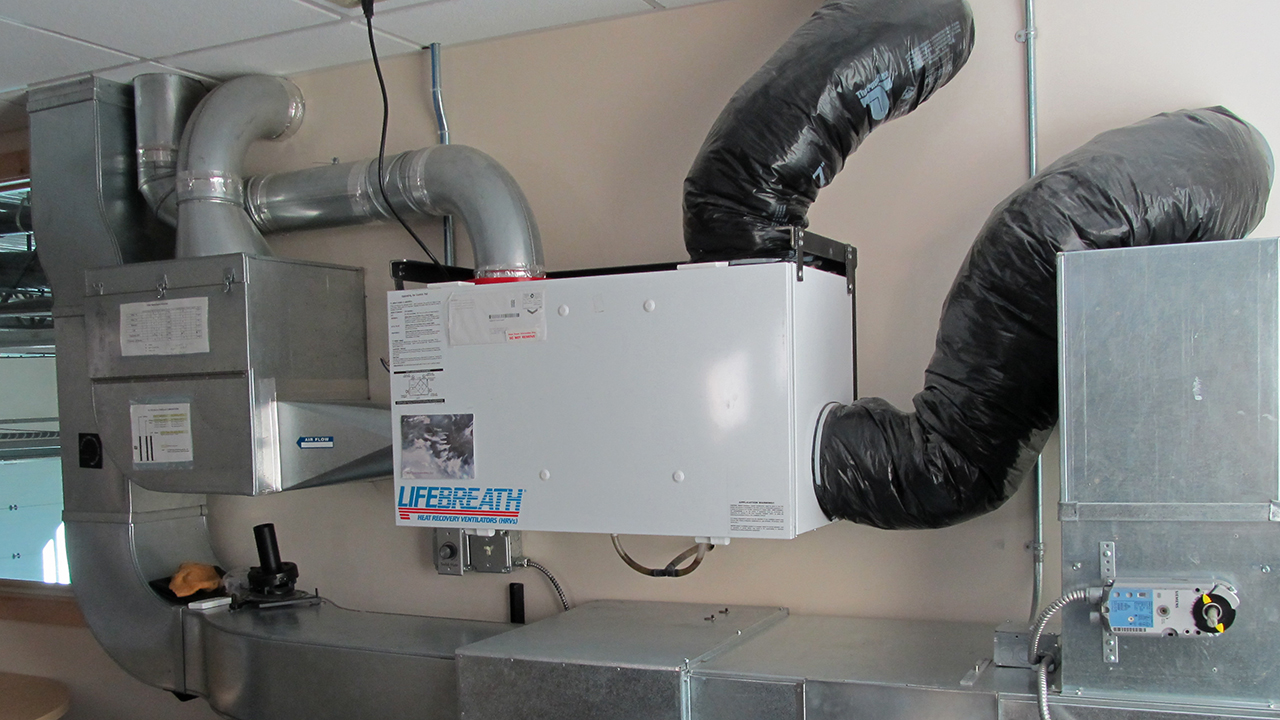7 Signs You Could Benefit From HRV in Your Home
The All-Inclusive Guide to the Uses of Heat Recovery Ventilation in Modern Buildings
Heat Recovery Ventilation (HRV) systems represent a significant improvement in developing innovation (HRV Heat Recovery Ventilation). They offer a method for exchanging stagnant indoor air with fresh outside air while reducing energy loss. This approach not just enhances interior air top quality however also adds to power efficiency in both property and business structures. Comprehending the various applications and benefits of HRV can reveal its important function in modern style and sustainability initiatives. The implications of this modern technology are worth checking out better
Recognizing Heat Recovery Ventilation Systems

Although lots of contemporary structures prioritize energy effectiveness, comprehending heat healing air flow (HRV) systems is vital for maximizing indoor air high quality and decreasing power consumption. HRV systems work by moving warmth from stagnant indoor air to incoming fresh air, efficiently maintaining comfy indoor temperature levels while minimizing power loss. These systems contain a warmth exchanger, fans, and ductwork that assist in the blood circulation of air. During wintertime, HRV units record and reuse warm from the outward bound air, while in summertime, they can assist cool down incoming air. By continually trading air, HRV systems also decrease moisture and the concentration of indoor pollutants. Proper installation and maintenance of HRV systems are important for their performance and effectiveness in boosting general structure performance and comfort.
Benefits of Heat Recovery Ventilation
Heat recovery ventilation systems offer numerous advantages that boost both energy effectiveness and interior air top quality in modern buildings. By recording and recycling power from exhaust air, these systems greatly lower cooling and heating costs, causing lower energy intake. They preserve a consistent circulation of fresh exterior air, minimizing the risk of interior air toxins and irritants. This continual exchange assists manage humidity degrees, protecting against mold and mildew growth and making sure a healthier living setting. Additionally, HRV systems add to sustainability objectives by lowering general carbon footprints. Their ability to optimize ventilation without giving up thermal convenience makes them a valuable addition to contemporary structure style, advertising both economic and eco-friendly advantages.
Applications of HRV in Residential Structures
As home owners increasingly prioritize energy performance and interior air top quality, the applications of warmth healing ventilation (HRV) systems in household structures have actually come to be more prevalent. HRV systems are specifically useful in firmly secured homes, where maintaining fresh air flow is crucial for preventing dampness build-up and indoor toxins. They successfully move heat from outgoing stale air to inbound fresh air, reducing energy expenses connected with heating & cooling. In addition, HRVs can improve comfort degrees by managing moisture and temperature. They are likewise versatile for various domestic styles, consisting of single-family homes and multi-unit structures. Generally, incorporating HRV systems supports lasting living practices while making sure a healthier interior atmosphere for passengers.
HRV in Commercial and Industrial Settings
In industrial and commercial settings, the implementation of warmth healing ventilation (HRV) systems has actually come to be significantly essential for enhancing power performance and maintaining air quality. These systems successfully transfer warmth from exhaust air to incoming fresh air, lowering the need for additional heating or cooling. This not only informative post decreases power prices however also adds to sustainability initiatives. Industries such as manufacturing, warehousing, and workplace buildings profit substantially from HRV systems, as they assist manage temperature and moisture levels, ensuring a comfy and effective environment. Moreover, HRV systems help in eliminating pollutants and excess moisture, boosting interior air quality. As laws around air quality end up being stricter, the adoption of HRV technology is most likely to grow, making it an essential component of contemporary industrial and industrial framework.
Future Patterns in Heat Recovery Ventilation Modern Technology

Regularly Asked Questions
Exactly How Does Heat Recovery Ventilation Effect Indoor Air Quality?
Heat recovery ventilation greatly enhances indoor air high quality by continually exchanging stagnant indoor air with fresh outside air while recovering power. This process decreases contaminants, preserves perfect moisture degrees, and guarantees a much healthier setting for owners.
Can HRV Equipments Be Installed in Existing Structures?
HRV systems can indeed be set up in existing buildings. Retrofitting may require modifications to ductwork and ventilation designs, however it significantly improves energy effectiveness and indoor air high quality, making it a viable choice for older frameworks.
What Upkeep Is Needed for HRV Systems?

Are There Certain Climates Where HRV Is A Lot More Efficient?
Heat recovery ventilation systems are particularly effective in environments with substantial temperature level differences between periods. These systems enhance power effectiveness by recovering heat from exhaust air, making them suitable for both cool and moderately warm atmospheres.
Exactly How Do HRV Equipments Affect Power Costs?
